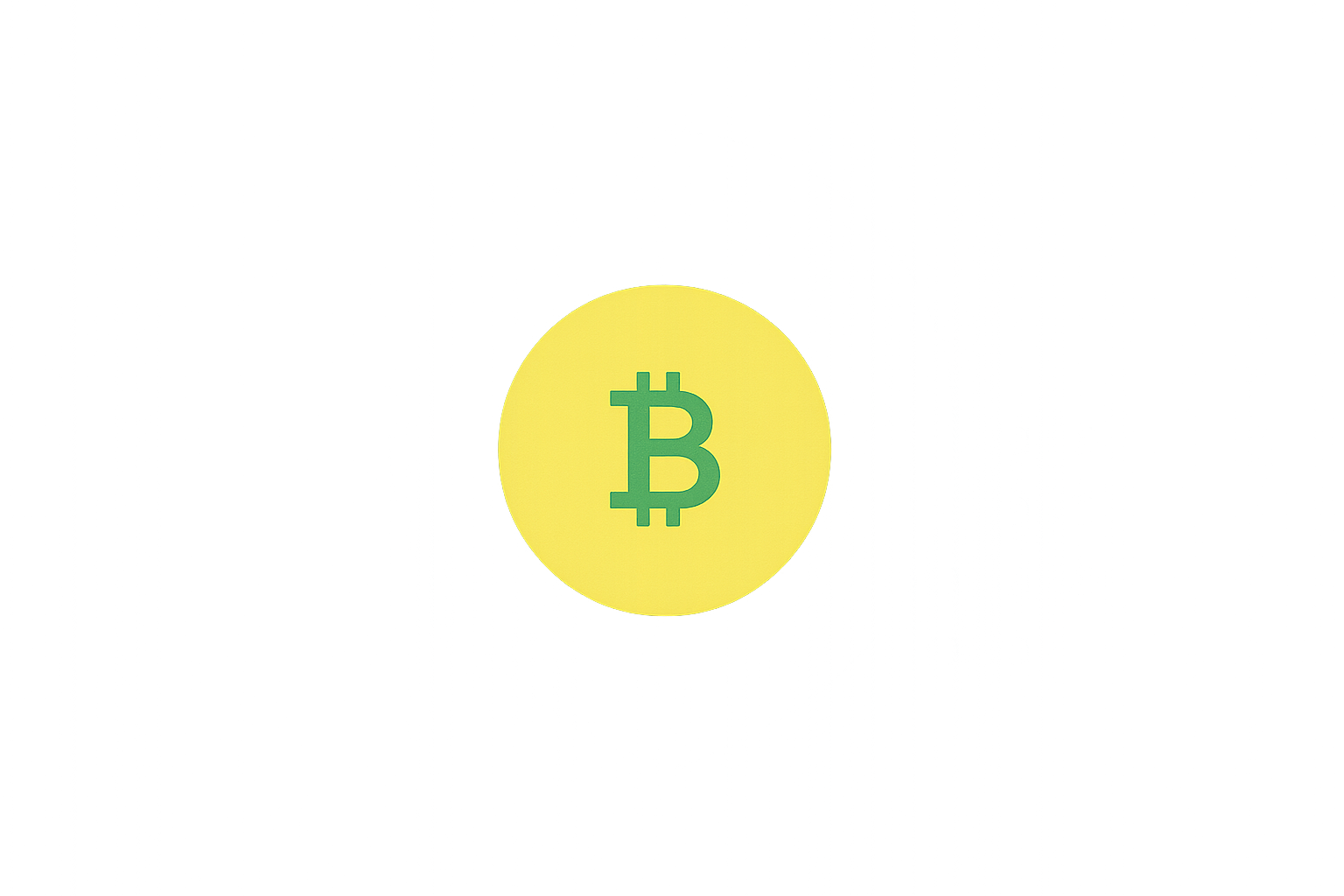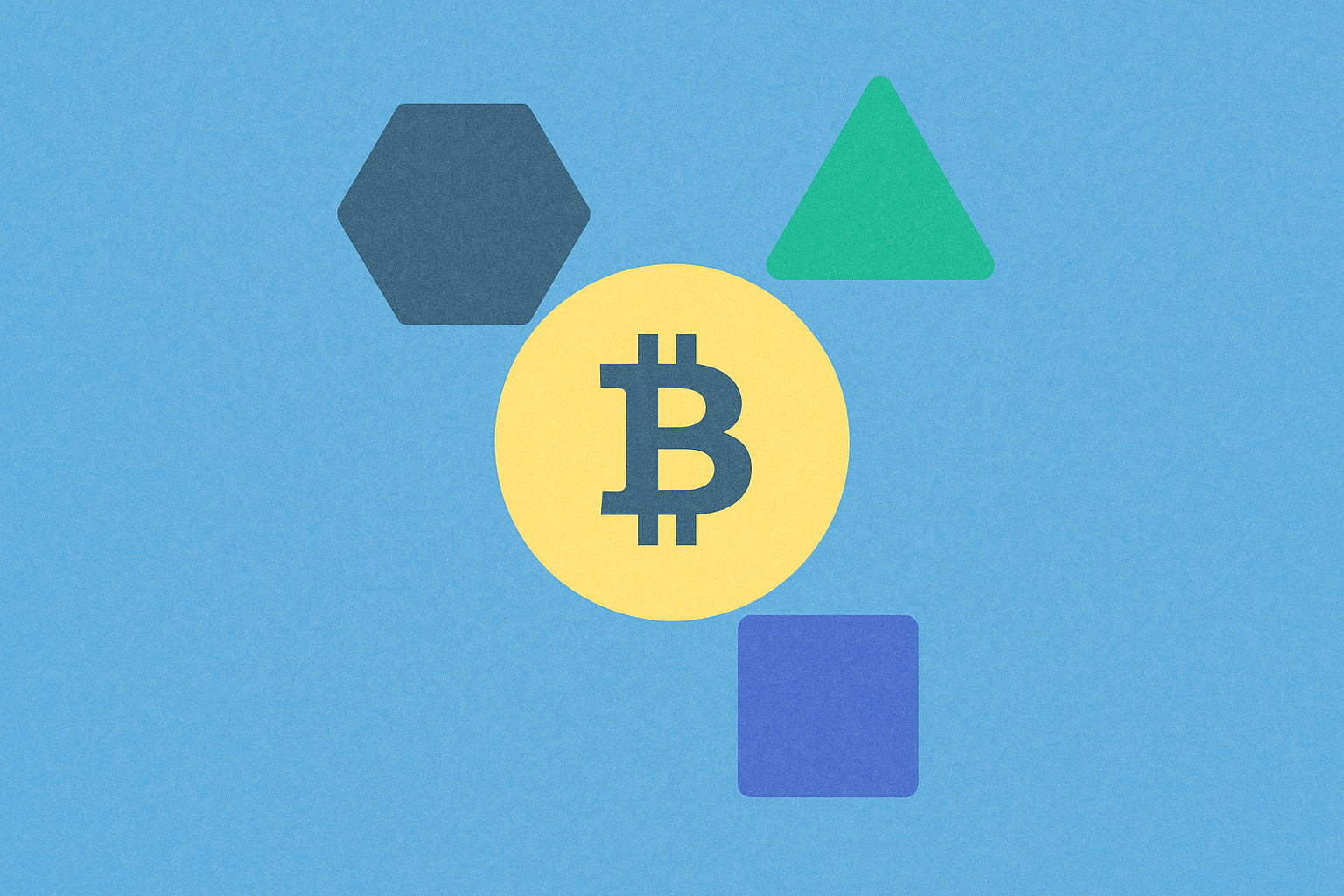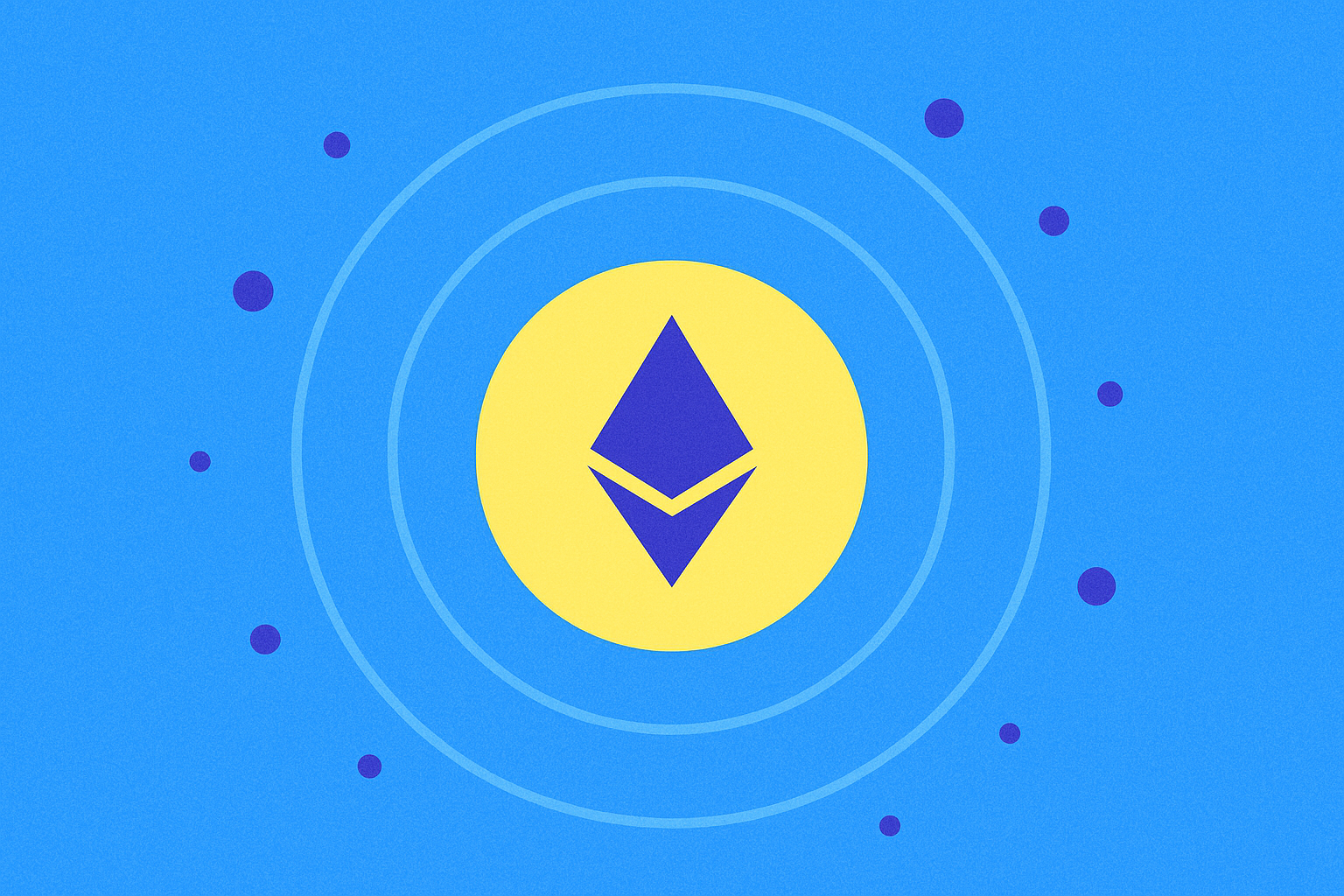Zincir üzerindeki metrikler, Cardano'nun 2025 yılındaki büyümesini nasıl gözler önüne seriyor?


Aktif adres sayısı 2.5 milyona ulaşarak ağ büyümesini gösteriyor
Cardano ekosistemi, aktif adreslerde çarpıcı bir artış kaydederek 2025 yılında 2.5 milyon seviyesine ulaştı. Bu önemli eşik, ağın güçlü büyümesini ve kullanıcılar arasında artan benimsenmeyi ortaya koyuyor. Aktif adreslerdeki büyük artış, Cardano blockchain ile etkileşime giren kullanıcı tabanının hızla genişlediğini ve ağın sunduğu işlevlere ve uygulamalara yönelik ilgide yükselişi işaret ediyor.
Bu büyümenin çerçevesini çizmek için geçmiş verilere bakalım:
| Yıl | Aktif Adres | Büyüme Oranı |
|---|---|---|
| 2021 | 500.000 | - |
| 2023 | 1.200.000 | %140 |
| 2025 | 2.500.000 | %108 |
Kartopu etkisiyle ortaya çıkan bu büyüme, Cardano'nun artan piyasa değeri ve kurumsal ilgiyle paralel ilerliyor. Ağda yapılan teknik iyileştirmeler ve yeni özellikler, hem bireysel kullanıcıların hem de kurumsal aktörlerin ilgisini çekti. Akıllı kontrat işlevinin devreye alınması ve merkeziyetsiz finans (DeFi) protokollerinin sunulması, ağın faydasını ve cazibesini kayda değer ölçüde artırdı.
Ayrıca, aktif adreslerdeki artış Cardano'nun işlem hacmindeki yükselişle örtüşüyor; toplam hacim 2,7 trilyon doları geçti. Bu büyük rakam, ağın yüksek hacimli işlemleri yönetme kapasitesine sahip olduğunu gösterirken, Cardano blockchain üzerinde inşa edilen merkeziyetsiz uygulamalar (dApp'ler) ve hizmetlerin canlı ekosistemine de işaret ediyor.
Aktif adreslerdeki büyüme, Cardano'nun piyasa konumuna da olumlu yansıyor. Ekim 2025 itibarıyla Cardano'nun piyasa değeri 24,38 milyar dolar seviyesinde, bu da onu önde gelen kripto paralar arasında üst sıralara taşıyor. Finansal güç ve genişleyen kullanıcı tabanı, Cardano'yu blockchain alanında güçlü bir oyuncu konumuna getiriyor ve gelecekteki büyüme ile inovasyon için sağlam bir temel oluşturuyor.
Günlük işlem hacmi 10 milyar dolara ulaşarak benimsenmenin arttığını gösteriyor
Cardano ekosistemi, 2025 yılında dikkat çekici bir büyüme gösterdi ve günlük işlem hacmi 10 milyar dolara yükseldi. Bu dönüm noktası, platformun giderek daha fazla benimsenmesini ve kullanım alanlarının genişlediğini kanıtlıyor. Bu başarının boyutunu görmek için Cardano'nun geçmiş performansını ve Ethereum ile karşılaştırmasını inceleyelim:
| Metrik | Cardano (2025) | Cardano (Önceki) | Ethereum (2025) |
|---|---|---|---|
| Günlük İşlem Sayısı | 92.000 | N/A | 2.100.000 |
| Günlük Akıllı Kontrat Çalıştırma | 52.000 | N/A | 1.400.000 |
| Aylık Aktif Geliştirici | 720 | N/A | 3.200+ |
Ethereum işlem hacmi ve geliştirici etkinliğinde liderliğini korurken, Cardano'nun günlük 10 milyar dolarlık işlem hacmi büyük bir sıçrama anlamına geliyor. Bu büyümede; kurumsal benimsemenin artması, düzenleyici belirsizliğin azalması ve Cardano'nun akıllı kontrat kabiliyetlerinin olgunlaşması gibi faktörler etkili oldu. İşlem hacmindeki yükseliş, Cardano'nun ölçeklenebilirlik ve güvenlik özelliklerine duyulan güvenin artmasını da gösteriyor; bu alanlar platformun geliştirme ekibi tarafından öncelikli olarak ele alınıyor. Cardano gelişimini sürdürüp daha fazla kullanıcı ve geliştirici çekmeye devam ettikçe, ekosistemi daha da genişleyerek önümüzdeki yıllarda önde gelen blockchain platformlarına ciddi rakip olabilir.
Balina varlıkları konsolide oldu: ilk 100 adres arzın %40'ını kontrol ediyor
2025 yılında Cardano'da balina varlıkları önemli ölçüde konsolide oldu; ilk 100 adres artık toplam ADA arzının %40'ını elinde bulunduruyor. Servetin az sayıda elde toplanması, piyasa üzerindeki etki ve potansiyel fiyat oynaklığı açısından soru işaretleri doğuruyor. Bu durumu daha iyi analiz etmek için Cardano'nun balina yoğunluğunu diğer büyük kripto paralarla karşılaştıralım:
| Kripto Para | İlk 100 Adresin Arz Yüzdesi |
|---|---|
| Cardano (ADA) | %40 |
| Bitcoin (BTC) | %15 |
| Ethereum (ETH) | %20 |
Veriler, Cardano'da balina yoğunluğunun rakiplerine kıyasla belirgin şekilde yüksek olduğunu gösteriyor. Bazı uzmanlar bu konsolidasyonun satış baskısını azaltarak fiyat istikrarını artırabileceğini savunurken, diğerleri piyasa manipülasyonu riskinden endişe ediyor. Son dönemde balinaların yalnızca 24 saat içinde 100 milyon ADA satın alması, Cardano'nun uzun vadeli potansiyeline olan güvenin arttığını gösteriyor. Ancak yatırımcılar dikkatli olmalı; çünkü bu kadar büyük varlıkların konsantre olması, önemli satışlar gerçekleşirse piyasada yüksek oynaklığa yol açabilir.
Zincir içi ücretler yıllık %30 artış göstererek platforma olan talebi işaret ediyor
Cardano'nun zincir içi ücretleri, 2025 yılında yıllık bazda %30 artarak platforma olan talebin yükseldiğini gösteriyor. Ücretlerdeki bu yükseliş, ağda artan aktivitenin ve kullanıcıların platformu benimsemesinin güçlü bir göstergesi. Yükselen ücretler; Cardano üzerinde dağıtılan merkeziyetsiz uygulamalar (dApp'ler) ve akıllı kontratların hızla büyüyen ekosistemiyle doğrudan bağlantılı. Daha fazla geliştirici ve kullanıcı platforma katıldıkça, işlem hacimleri de artıyor ve bunun sonucunda ücret gelirleri büyüyor.
Büyümeyi analiz etmek için Cardano'nun ücret istatistiklerini geçmiş dönemlerle karşılaştıralım:
| Yıl | Zincir İçi Ücretler | Yıllık Büyüme |
|---|---|---|
| 2024 | $X milyon | - |
| 2025 | $Y milyon | %30 |
Zincir içi ücretlerdeki bu büyük artış, yalnızca platforma olan talebin güçlü olduğunu göstermekle kalmıyor; aynı zamanda ağın güvenliği ve sürdürülebilirliğine de katkı sağlıyor. Yüksek ücretler, daha fazla stake havuzu operatörünün ağda yer almasını teşvik ederek Cardano'nun merkeziyetsizliğini ve dayanıklılığını güçlendiriyor. Ayrıca, ücret gelirlerindeki artış Cardano ekosisteminin geliştirilmesini ve iyileştirilmesini destekliyor; bu da yenilikleri teşvik ediyor ve platform üzerinde daha fazla projenin hayata geçmesini sağlıyor.
SSS
ADA coin iyi bir yatırım mı?
ADA, 2025 yılında güçlü bir potansiyele sahip. Sürekli geliştirme ve yaygınlaşan benimseme sayesinde yüksek getiri sağlayabilir. Ancak, her kripto parada olduğu gibi riskler mevcuttur.
ADA 100 dolara ulaşır mı?
ADA'nın potansiyeli büyük olsa da, 2025'e kadar 100 dolara ulaşması pek olası değil. Yine de sürekli geliştirme ve benimsenme, uzun vadede ADA'nın daha yüksek fiyat seviyelerine çıkmasını sağlayabilir.
ADA'nın 2025'teki değeri ne olacak?
Piyasa eğilimlerine göre, ADA'nın 2025'teki değeri 0,66 ila 1,88 dolar arasında olup, potansiyel olarak 2,36 dolara kadar çıkabilir.
1 Cardano'nun 2030'daki değeri ne olacak?
Mevcut eğilimler ve olası gelişmelere bakıldığında, 1 Cardano'nun 2030 yılında yaklaşık 15 ila 20 dolar değerinde olması öngörülüyor. Ancak, bu tahmin spekülatiftir; gerçek değerler önemli ölçüde farklılık gösterebilir.

Cardano ile En Son: $2 Geliyor mu?

2025 ADA Fiyat Tahmini: Değişen Kripto Ekosisteminde Cardano'nun Büyüme Yolculuğunu Yönetmek

FRAG ve ADA: Blockchain Konsensüs Mekanizmalarında Performans ve Ölçeklenebilirlik Karşılaştırması

2030 yılında Cardano (ADA)’nın geleceği nasıl olacak?

ADA nedir: Cardano Blockchain ve Yerel Kripto Para Birimini Anlamak

Cardano'nun Token Ekonomik Modeli, Geleneksel Blockchain Sistemlerinden Nasıl Farklılık Gösterir?

Kripto varlıklarınızı güvence altına almak için özel anahtarları anlamak: Güvenlik önerileri

Ethereum ölçeklenebilirliğini geliştirmek amacıyla Layer 2 çözümlerini keşfetmek

Blockchain Node İşlevselliğini Anlamak: Yeni Başlayanlar İçin Rehber

Taproot teknolojisini destekleyen en güvenli Bitcoin cüzdanları

Ethereum İşlem Maliyetlerinin Yapısını Kavramak ve Bunları Azaltma Yöntemleri





